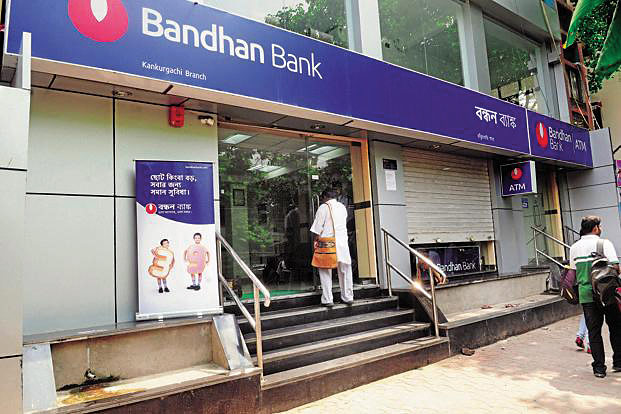By IE&M Research
One can no longer assume a one-to-one correlation between bank credit growth and the GDP growth numbers. To really measure credit expansion in the economy, we need data on both bank and non-bank lending. To extend this logic further, if bank credit growth slumps to a 20-year low as it did in March this year, it needn’t necessarily spell doom for the economy.
According to Reserve Bank of India’s annual report for 2016-17 domestic businesses are increasingly turning to the bond markets, NBFCs and foreign direct investors to meet their funding needs. RBI’s compilation on the ‘Flow of financial resources to the commercial sector’ shows that FY17 marked a watershed year for Indian banks’ share in commercial credit. Until FY16, the banking system met 50% or more of this requirement. But in FY17, banks’ share in new credit slumped to 35%, while non-bank sources met 65% of the financing requirement. Non-bank sources lent as much as `9.25 lakh crore to businesses, dwarfing bank credit flow of `5.02 lakh crore. While domestic non-bank sources such as bond markets and NBFCs have met about 46% of the total credit needs of businesses in FY17, foreign sources have chipped in with about 19% (`2.75 lakh crore).
Bandhan Bank to open 60 branches
Bandhan Bank, which started its operations in August 2015, plans to open another 60 branches over the next six months as part of efforts to expand its presence across the country. Currently it has 840 branches and by March it should increase to 900. As a result of this, the bank would also add 2,000 people to the workforce. The bank is not looking to go public this fiscal but maybe next fiscal which should happen before August next year. It has already appointed five merchant bankers, including Goldman Sachs Group and JP Morgan Chase, to manage its initial public offer (IPO). The Reserve Bank of India’s guidelines mandated the bank to get itself listed within three years from the commencement of banking operations.
In FY17, public issues and private placements of corporate bonds (including commercial paper) raised `3.16 lakh crore for firms, a 56% jump from the `2.03 lakh crore in FY16. This took care of 22% of the total funding requirements of commercial enterprises. This number has almost doubled from `1.65 lakh crore in FY14. In the last couple of years, it has been much cheaper for high-quality corporate borrowers to tap bond markets. RBI suggests that bond markets may continue to remain a leading source of credit to businesses, offering stiff competition to banks. The only caveat is that the bond market route is more accessible to large enterprises with good credit ratings, than SMEs or borrowers with low ratings.
RBI data show that in FY17, NBFCs and housing finance companies extended `2.59 lakh crore in credit to commercial enterprises, meeting 18% of their total credit needs. NBFC lending jumped 28% over FY16. A Crisil study in November 2016 noted that NBFCs had gained a 3 percentage point share of the overall credit pie from banks in the last three years
as a result of their mortgage and MSME lending
push, and would continue to gain share over the next three year






















